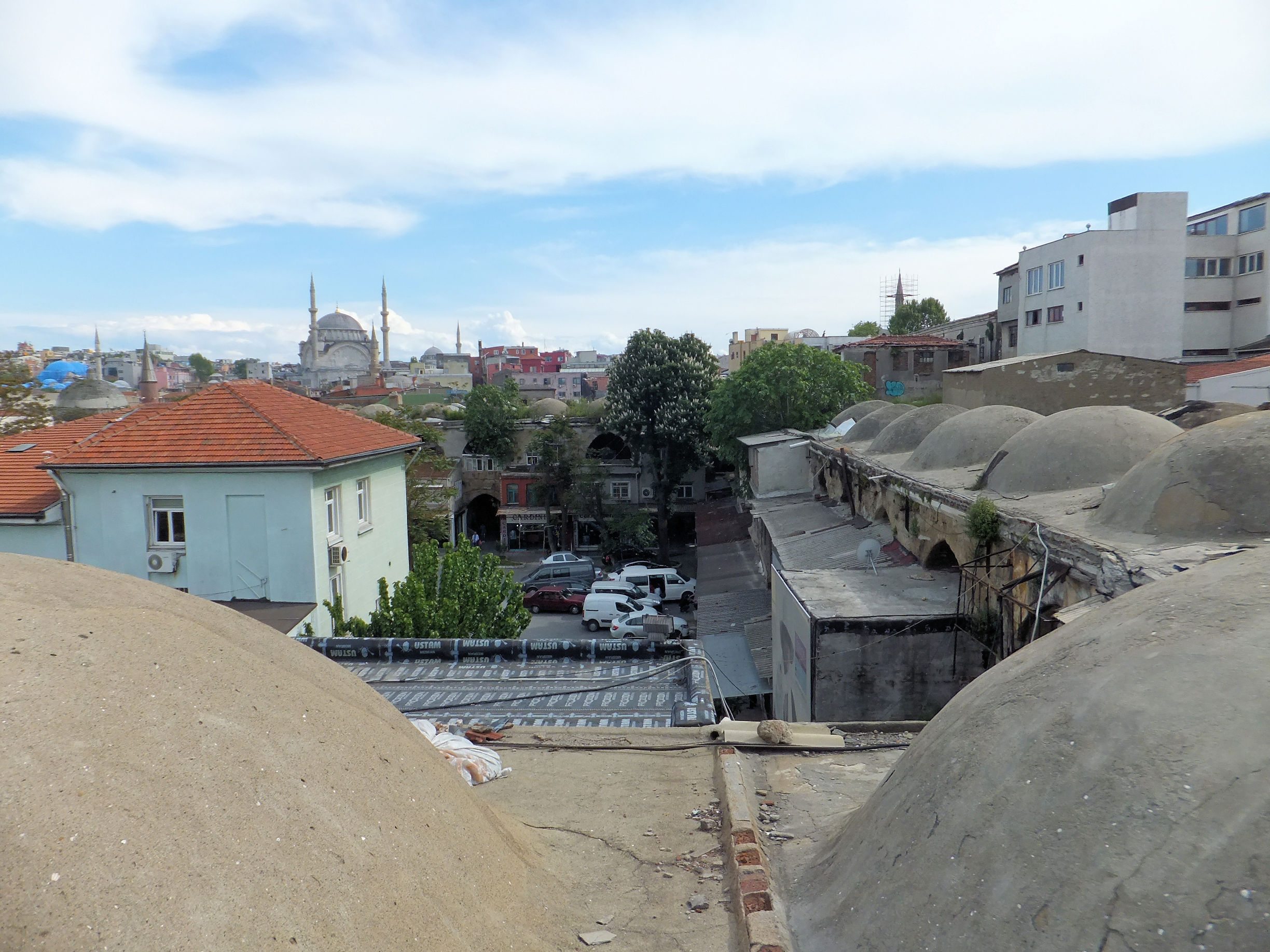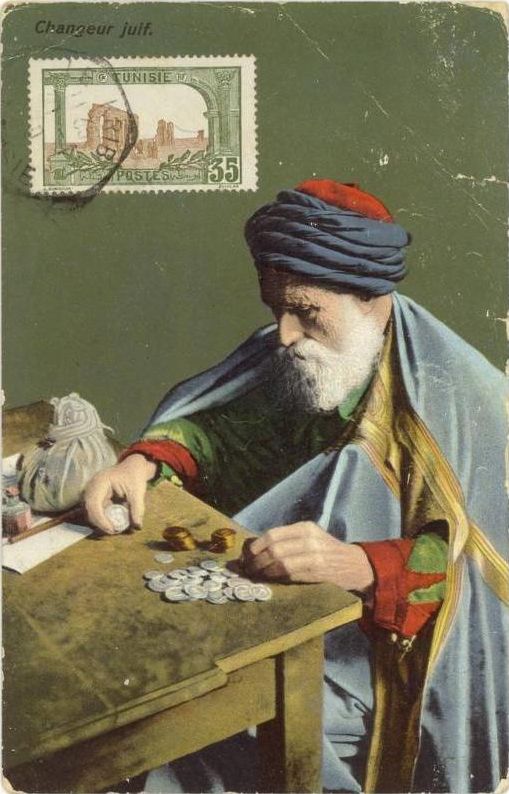|
Büyük Yeni Han
The Büyük Yeni Han () is a large historic ''han'' (caravanserai) in Istanbul, Turkey. It was founded by Sultan Mustafa III and completed in 1764 CE (1177 AH). It is the second largest historic caravanserai in the city. History The ''han is located in the central historic market district that extends from the Grand Bazaar to the Eminönü neighbourhood on the shore of the Golden Horn. Since the founding of the first ''bedesten'' by Mehmet II in the mid-15th century, the Grand Bazaar developed into the city's main hub of international trade, spawning entire districts of shops, warehouses, and merchant lodgings. A ''han'', a type of urban caravanserai, was a common type of commercial structure in Ottoman architecture (and more broadly in Islamic-world architecture) which served a number of functions including lodging for foreign merchants, storage for goods or merchandise, housing for artisan workshops, and offices from which to conduct dealings. A number of ''han''s were ... [...More Info...] [...Related Items...] OR: [Wikipedia] [Google] [Baidu] |
Waqf
A waqf ( ar, وَقْف; ), also known as hubous () or '' mortmain'' property is an inalienable charitable endowment under Islamic law. It typically involves donating a building, plot of land or other assets for Muslim religious or charitable purposes with no intention of reclaiming the assets. A charitable trust may hold the donated assets. The person making such dedication is known as a ''waqif'' (a donor). In Ottoman Turkish law, and later under the British Mandate of Palestine, a ''waqf'' was defined as usufruct state land (or property) from which the state revenues are assured to pious foundations. Although the ''waqf'' system depended on several hadiths and presented elements similar to practices from pre-Islamic cultures, it seems that the specific full-fledged Islamic legal form of endowment called ''waqf'' dates from the 9th century AD (see below). Terminology In Sunni jurisprudence, ''waqf'', also spelled ''wakf'' ( ar, وَقْف; plural , ''awqāf''; tr, vak ... [...More Info...] [...Related Items...] OR: [Wikipedia] [Google] [Baidu] |
Ottoman Baroque Architecture
Ottoman Baroque architecture was a period in Ottoman architecture in the 18th century and early 19th century which was influenced by European Baroque architecture. Preceded by the changes of the Tulip Period, the style marked a significant departure from the classical style of Ottoman architecture and introduced new decorative forms to mostly traditional Ottoman building types. The style emerged in the 1740s during the reign of Mahmud I (1730–1754) and its most important early monument was the Nuruosmaniye Mosque completed in 1755. Later in the 18th century new building types were also introduced based on European influences. The last fully Baroque monuments, such as the Nusretiye Mosque, were built by Mahmud II (r. 1808–1839) in the early 19th century, but during this period new European-influenced styles were introduced and supplanted the Baroque. Background From the 18th century onward European influences were introduced into Ottoman architecture as the Ottoman Empire its ... [...More Info...] [...Related Items...] OR: [Wikipedia] [Google] [Baidu] |
Büyük Valide Han
The Büyük Valide Han () is the largest historic ''han'' ( caravanserai) in Istanbul, Turkey. It was founded in 1651 by Kösem Valide Sultan, the mother of the Ottoman sultans Murat IV and Ibrahim. History The ''han'' is located in the central historic market district that extends from the Grand Bazaar to the Eminönü neighbourhood on the shore of the Golden Horn. Since the founding of the first ''bedesten'' by Mehmet II in the mid-15th century, the Grand Bazaar developed into the city's main hub of international trade, spawning entire districts of shops, warehouses, and merchant lodgings. A ''han'', a type of urban caravanserai, was a common type of commercial structure in Ottoman architecture (and more broadly in Islamic-world architecture) which served a number of functions including lodging for foreign merchants, storage for goods or merchandise, housing for artisan workshops, and offices from which to conduct dealings. A number of ''han''s were built over the cen ... [...More Info...] [...Related Items...] OR: [Wikipedia] [Google] [Baidu] |
Bidding
Bidding is an offer (often competitive) to set a price tag by an individual or business for a product or service ''or'' a demand that something be done. Bidding is used to determine the cost or value of something. Bidding can be performed by a person under influence of a product or service based on the context of the situation. In the context of auctions, stock exchange, or real estate, the price offer a business or individual is willing to pay is called a bid. In the context of corporate or government procurement initiatives, in Business and Law school students actively bid for high demand elective courses that have a maximum seat capacity though a course bidding process using pre allocated bidding points or e-bidding currency on course bidding systems. The price offer a business or individual is willing to sell is also called a bid. The term "bidding" is also used when placing a bet in card games. Bidding is used by various economic niches for determining the demand and hen ... [...More Info...] [...Related Items...] OR: [Wikipedia] [Google] [Baidu] |
Surety
In finance, a surety , surety bond or guaranty involves a promise by one party to assume responsibility for the debt obligation of a borrower if that borrower defaults. Usually, a surety bond or surety is a promise by a surety or guarantor to pay one party (the ''obligee'') a certain amount if a second party (the ''principal'') fails to meet some obligation, such as fulfilling the terms of a contract. The surety bond protects the obligee against losses resulting from the principal's failure to meet the obligation. The person or company providing the promise is also known as a "surety" or as a "guarantor". Overview A surety bond is defined as a contract among at least three parties: * the ''obligee'': the party who is the recipient of an obligation * the ''principal'': the primary party who will perform the contractual obligation * the ''surety'': who assures the obligee that the principal can perform the task European surety bonds can be issued by banks and surety companies. I ... [...More Info...] [...Related Items...] OR: [Wikipedia] [Google] [Baidu] |
Investor
An investor is a person who allocates financial capital with the expectation of a future Return on capital, return (profit) or to gain an advantage (interest). Through this allocated capital most of the time the investor purchases some species of property. Types of investments include Stock, equity, Bond (finance), debt, Security (finance), securities, real estate, infrastructure, currency, commodity, Exonumia, token, derivatives such as put and call Option (finance), options, Futures contract, futures, Forward contract, forwards, etc. This definition makes no distinction between the investors in the primary and secondary markets. That is, someone who provides a business with capital and someone who buys a stock are both investors. An investor who owns stock is a shareholder. Types of investors There are two types of investors: retail investors and institutional investors. Retail investor * Individual investors (including Trust law, trusts on behalf of individuals, and umbr ... [...More Info...] [...Related Items...] OR: [Wikipedia] [Google] [Baidu] |
Economic History Of The Ottoman Empire
The economic history of the Ottoman Empire covers the period 1299–1923. Trade, agriculture, transportation, and religion make up the Ottoman Empire's economy. The Ottomans saw military expansion of currency, more emphasis on manufacturing and industry in the wealth-power-wealth equation, and moving towards capitalist economics comprising expanding industries and markets. They continued along the trajectory of territorial expansion, traditional monopolies, cats, buildings, and agriculture. Transportation 16th, 17th, and 18th centuries Trade has always been an important aspect of an economy. It was no different in the 17th century. As the Ottoman Empire expanded, it started gaining control of important trade routes. The capture of Constantinople (1453) to the Ottoman Turks was a key event. Along with their victory, they now had significant control of the Silk Road, which European countries used to trade with Asia. Many sources state that the Ottoman Empire “blocked” the ... [...More Info...] [...Related Items...] OR: [Wikipedia] [Google] [Baidu] |
Armenians
Armenians ( hy, հայեր, ''hayer'' ) are an ethnic group native to the Armenian highlands of Western Asia. Armenians constitute the main population of Armenia and the ''de facto'' independent Artsakh. There is a wide-ranging diaspora of around five million people of full or partial Armenian ancestry living outside modern Armenia. The largest Armenian populations today exist in Russia, the United States, France, Georgia, Iran, Germany, Ukraine, Lebanon, Brazil, and Syria. With the exceptions of Iran and the former Soviet states, the present-day Armenian diaspora was formed mainly as a result of the Armenian genocide. Richard G. Hovannisian, ''The Armenian people from ancient to modern times: the fifteenth century to the twentieth century'', Volume 2, p. 421, Palgrave Macmillan, 1997. Armenian is an Indo-European language. It has two mutually intelligible spoken and written forms: Eastern Armenian, today spoken mainly in Armenia, Artsakh, Iran, and the former Soviet ... [...More Info...] [...Related Items...] OR: [Wikipedia] [Google] [Baidu] |
Money Changer
A money changer is a person or organization whose business is the exchange of coins or currency of one country for that of another. This trade was a predecessor of modern banking. The advent of paper money in the mid-17th century and the development of modern banking and floating exchange rates in the 20th century allowed a foreign exchange market to develop. This provided a way for banks and other specialist financial companies such as bureaux de change and forex brokers to easily change one country's money for another, and with the added confidence of transparency. History In ancient times in Jerusalem, pilgrims visiting the Jewish Temple on Jewish Holy Days would change some of their money from the standard Greek and Roman currency for Jewish and Tyrian money, the latter two the only currencies accepted as payments inside the Temple.Sanders, E. P. The historical figure of Jesus. Penguin, 1993. Ehrman, Bart D. Jesus, Interrupted, HarperCollins, 2009. With this Temp ... [...More Info...] [...Related Items...] OR: [Wikipedia] [Google] [Baidu] |
Vizier
A vizier (; ar, وزير, wazīr; fa, وزیر, vazīr), or wazir, is a high-ranking political advisor or minister in the near east. The Abbasid caliphs gave the title ''wazir'' to a minister formerly called ''katib'' (secretary), who was at first merely a helper but afterwards became the representative and successor of the ''dapir'' (official scribe or secretary) of the Sassanian kings. In modern usage, the term has been used for government ministers in much of the Middle East and beyond. Several alternative spellings are used in English, such as ''vizir'', ''wazir'', and ''vezir''. Etymology Vizier is suggested to be an Iranian word, from the Pahlavi root of ''vičir'', which originally had the meaning of a ''decree'', ''mandate'', and ''command'', but later as its use in Dinkard also suggests, came to mean ''judge'' or ''magistrate''. Arthur Jeffery considers the word to be a "good Iranian" word, as has a well-established root in Avestan language. The Pahlavi ''viči ... [...More Info...] [...Related Items...] OR: [Wikipedia] [Google] [Baidu] |





